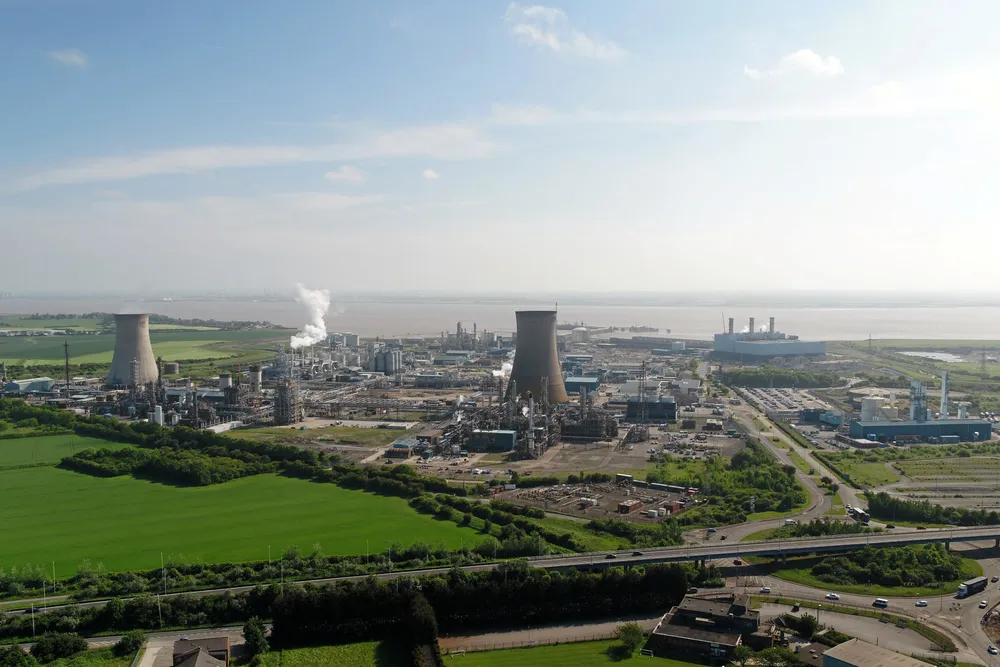Equinor awards contracts on its H2H Saltend blue hydrogen development
Three consortia selected to carry out pre-FEED studies for Equinor's planned UK blue hydrogen project

Three consortia selected to carry out pre-FEED studies for Equinor's planned UK blue hydrogen project
